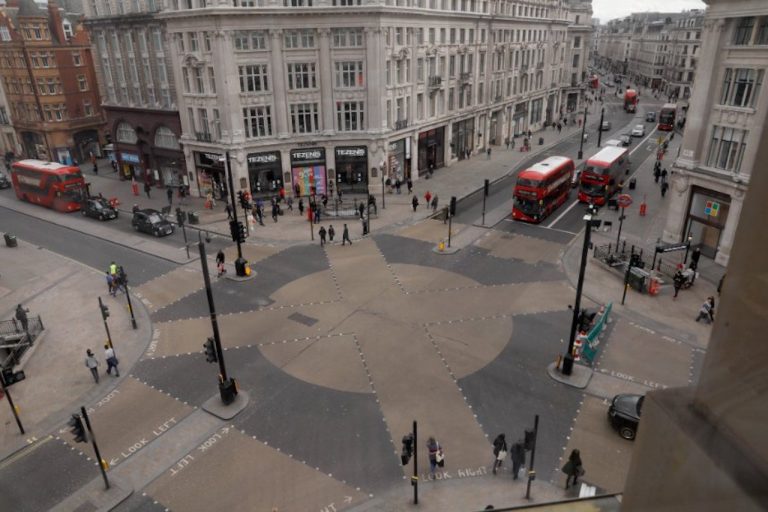London back to being one of the cities in the UK with the least number of Covid cases.

According to data, around 12 percent of England has been infected. But today, London is recording fewer than 24 new Covid cases a day. Public Health England analysts and researchers at the University of Cambridge have calculated the R-value, that is how many people are infected by a Covid patient, has reached 0.4 in London – and the number of new cases decreases from day to day.
Covid: in London were registered only 24 cases
There is a team, which provides the contagion figures to a subcommittee of the government scientific group SAGE, which estimates that at least 1.8 million people in London (20 percent) have already been infected with Covid.
They also say that only between 10 and 53 people in the capital took the virus on May 10. They also predicted that this number would become about 10 by 15/05.
These predictions show that the city that was once the most infected in the UK, London, is one of the cities ahead with recovery and may no longer have cases as early as June. It is believed that London managed to maintain and reach fewer and fewer infections faster than the rest of the country thanks to social distancing measures that were being encouraged on public transport before the start of the lockdown.
However, the North East of England records 4,000 infections per day and has an R rate of 0.8, twice that of the capital, despite having perceived a more moderate increase in cases at the beginning of the pandemic. The North West is also still hard hit and experts estimate that the region has 2400 cases per day. It is crucial that the R-value remains below 1, otherwise, the epidemic will start to rise rapidly again.
In London, the rate of infections went from a peak of 213,000 people a day on March 23, to 10,000 cases by April 7, when the lockdown had been in place for two weeks. Experts now say that about 15% of the population in the capital have already had the disease and have developed immunity, and that’s probably why it manages to keep its R-value down to 0.4.
The current ‘R’ rate for the whole of England is now 0.75. The North East and Yorkshire have the highest infection rate, at 0.8. It was revealed that eight out of 10 areas with the highest infection rates in Britain are in the northern parts of England. The small industrial town of Barrow-in-Furness, Cumbria, has an infection rate of 882 cases per 100,000.
The opinion of Boris Johnson and Greg Clark MP
Prime Minister Boris Johnson has insisted that keeping the R below 1 is the most important of five tests that must be passed before returning to normal life. The Government is doing its own monitoring of R values in the country to help to decide when to end the lockdown. But officials have been accused of not being transparent because they have yet to release regional breakdowns. Some scientists and senior ministers have warned the Government against relying too heavily on the R-value because it is being ‘skewed upwards’ by care homes.
Greg Clark MP, the chairman of the science and technology select committee, said the R-value was ‘irrelevant’. He said “there’s a concern that measures that could safely release people back into the community are not being taken because of an irrelevant ‘R’ number determined by cases in care homes and hospitals. It’s not clear how the ‘R rate in care homes is relevant to the ‘R’ rates of people going about their daily business. If people are in a care home, by definition they are not going out into the community and infecting other people. But the single ‘R’ number given out by the Government has been skewed. It cannot reflect the reality outside, and we need to know whether crucial public policy decisions are being based on this number”.









